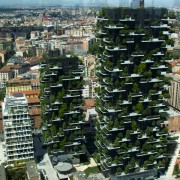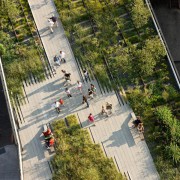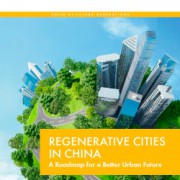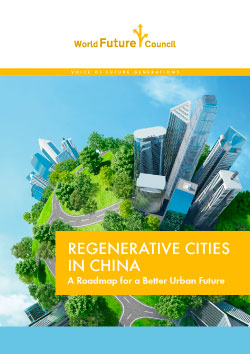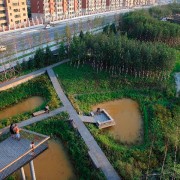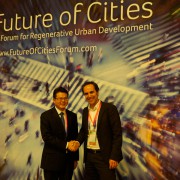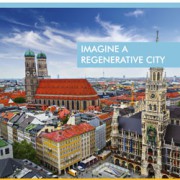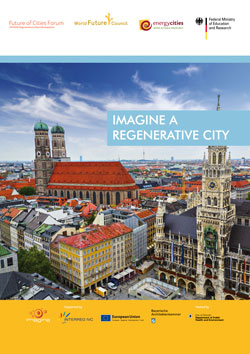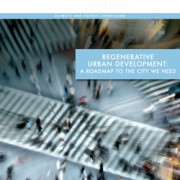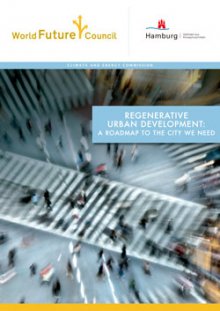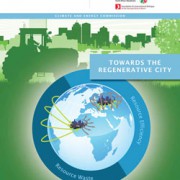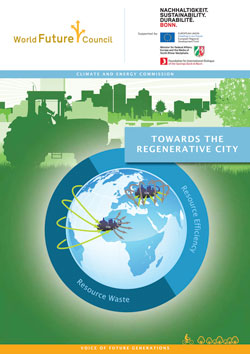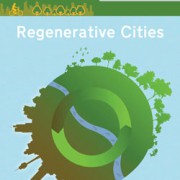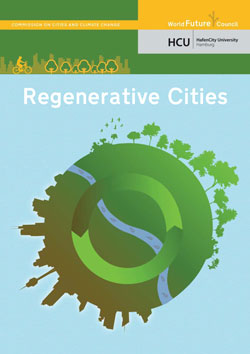Between 1900 and 2000, global population increased 4 times, but resource demand increased 16 times.
Even worse, last year, the collective resource consumption by humanity overshot the earth’s ability to regenerate in August already. This means that we used all the resources the planet produces in 12 months in the first 8 months, and for the rest of the year we were literally in debt to nature. And cities, with a modus operandi fuelling and fuelled by fossil resources like coal, oil and gas, are largely responsible for it, accounting today for 70% of GHG emissions.
But often too, cities feel more severely the risks of the climate change they themselves create. Even in a place like New York City, one of the most advanced and wealthiest cities in the world, in 2012, Hurricane Sandy shut down the city, caused power outages and blocked roads and transport for days. It is clear that we need to revert this path marked by unsustainable development, which is growing disaster risks and whose main crystallisation is taking place in cities.
So how do we get back on track? And what’s the role of cities?
We can’t just do less damage; we have to repair the damage and ensure that cities operate in a system in which they do not only consume resources, but they also contribute to producing and restoring the resources they consume. In this system, materials and goods from the region are prioritised by cities. Waste is re-defined as a by-product that can always be recycled or reused in another processes. Water is also recycled or treated before discharged into natural water bodies. Organic waste is treated and used as soil fertilizer. And energy comes from local renewable energy sources. In a nutshell, we leave behind the city organised around petrol to give way to the Regenerative City.
Fortunately, there are encouraging signs on that front, as I could witness at the Smart City Expo Puebla, celebrated in Mexico from February 16-18, in which the World Future Council participated. Interventions made by mayors and experts working at the local level revealed that cities are aware of the profound and urgent shift they need to make in the way they produce and use energy. And, as managers of energy infrastructures and services, they are uniquely positioned to do it.
This strategic approach has led cities to innovate with new kinds of recycling programs. For example, the city of Buenos Aires has seen a 50% reduction in waste sent to landfills compared with 2012 and it has committed to reducing it further by 83% by 2017. And something that would be unthinkable decades ago, cities are starting to give priority to green areas over highways, as clearly exemplified by the restoration of the Cheonggyecheon stream in Seoul, which for more than three decades buried beneath a four-lane, elevated freeway built as part of an industrialisation and modernisation process. The building sector, too, is subject to new policies in this direction, as it was highlighted during the conference. For example, NYCis undertaking a 10-year plan to improve the energy efficiency of NYC’s one million buildings to reduce building-based emissions 30% by 2025. Mexico City is developing norms for building energy performance to double the energy efficiency rate of buildings by 2030. And Portland is working with residents, businesses and community partners to advance ecoroofs in the city as a means to save energy consumption, reduce pollution and decrease stormwater volume.
Most important, cities are starting to realise something fundamental: they need to go beyond minimising energy use to actually challenge it. Energy efficiency is not only about simply reducing energy demand to offer the same service, but about a fundamental change in the structure, nature and role of the energy system. And nothing epitomises best this than Vancouver orFrankfurt, which are taking strong action on energy efficiency as a core component of their strategy to go 100% RE by 2050.
Thus, Vancouver intends to reduce city-wide building energy demand by about one-third over 2014 levels by 2050, and meet the rest of the energy demand through renewable electricity. Similar in the transport sector, where the goal is to shape the transport system in a way that most of the journeys will be made on foot or by bike, and the remaining trips by transit will be made using electric vehicles of various types. All together, these two sectors accounted for over 90% of the city’s emissions in 2014. In the case of Frankfurt, energy efficiency measures have led to a 37 per cent reduction in electricity consumption by private households by 2015. As with Vancouver, the rest of the energy consumption and production demand will be met through local and regional renewable sources.
This does not only make sense in terms of climate and environmental protection, but also in terms of economic development. By focusing on regenerative urban development, the city of Vancouver has created more than 3.000 new green local jobs in the last 5 years. And the city’s brand is currently valued at US$31bn when measured by investment, reputation and performance as “green, clean and sustainable”. In Frankfurt, energy efficiency measures have already helped the city to save €100m in energy costs, a number that is projected to rise. And its 100% RE strategy is gradually bringing down its current energy import costs from €2bn a year to zero.
Locally determined contributions of cities like these ones show us that challenging the traditional energy system upon which cities have been built is actually possible, and indeed beneficial from a social, environmental and economic point of view. Just imagine what world would be possible if we start replicating these successful champions and make the transition to regenerative cities on our own terms, in ways that maximise the benefits to us today and to future generations. Surely a very different kind of city story to tell.
By Irene García, Project and Event Manager – Climate, Energy and Cities.

